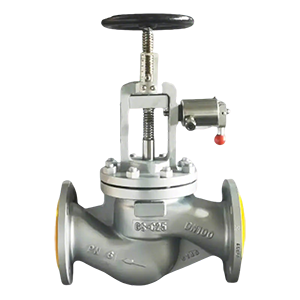What Is a Quick Closing Valve
A quick closing valve is a type of shut-off valve that can be closed immediately, usually by manual or remote actuation, without the need to rotate a handwheel or lever multiple times. It’s typically used on fuel lines, oil lines, engine rooms, and emergency fluid systems in ships and hazardous plants.
How Does It Work
The operation of a quick closing valve involves a spring-loaded mechanism or pneumatic/hydraulic actuator that keeps the valve normally open under controlled conditions. When triggered, it forces the valve shut in a single motion, cutting off flow instantly.
Spring-Loaded Manual Release
-
①A hand lever or pull wire (often located at a safe distance) is used to release the latch.
-
②Once released, the spring snaps the valve shut immediately.
-
③Common in marine fuel systems for fast isolation during fire or leakage.
Remote Pneumatic Actuation
-
①Air pressure holds the valve open.
-
②Upon loss of pressure or emergency signal, the actuator closes the valve rapidly.
-
③Used in automated safety systems and engine shutdown networks.
Hydraulic or Solenoid Control
-
Electrically or hydraulically controlled units trigger valve closure based on system feedback or alarms (fire, overpressure, spill detection).
Typical Applications
| Application Area | Function of Quick Closing Valve |
|---|---|
| Marine Engine Room | Shut off fuel or oil lines during fire/emergency |
| Diesel Generator Rooms | Rapidly isolate fuel to prevent escalation of failures |
| Fuel Supply Systems | Emergency shutdown during leaks or overpressure |
| Hazardous Chemical Lines | Protect personnel and environment from spill risk |
| Remote Isolation Systems | Allow safe shutdown from control rooms or escape routes |
Advantages of Quick Closing Valves
-
①Instant shut-off during emergencies
-
②Manual or remote control enhances safety
-
③Simple and reliable design
-
④Complies with IMO, SOLAS, and classification society standards
-
⑤Enhances fire protection and environmental compliance
Maintenance Tips
-
①Regularly test the closing mechanism (especially pull cables and springs)
-
②Lubricate moving parts to prevent sticking
-
③Replace worn springs or seals as part of preventive maintenance
-
④Ensure remote actuation lines are free of obstruction or damage
Post time: Jul-01-2025

